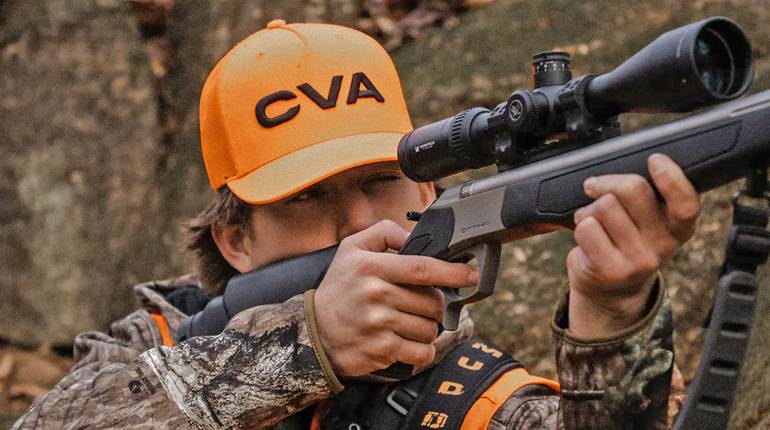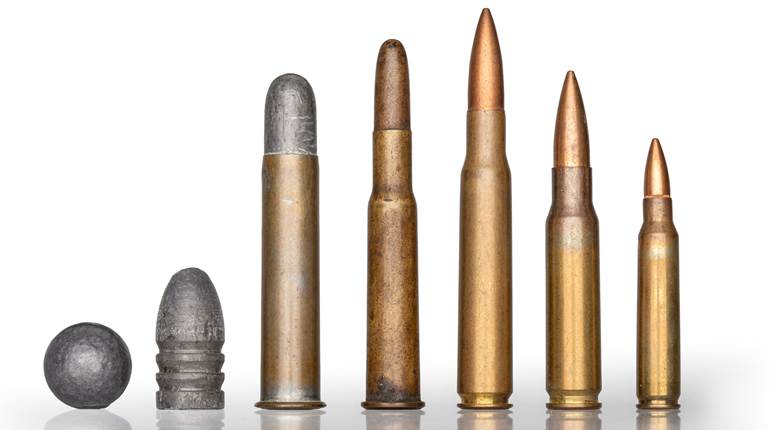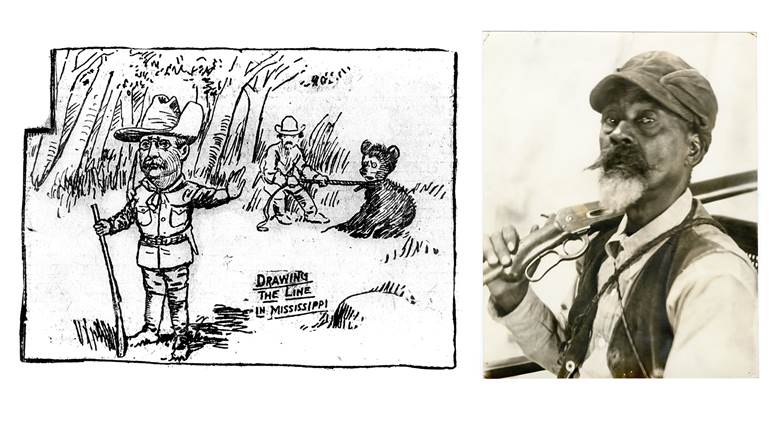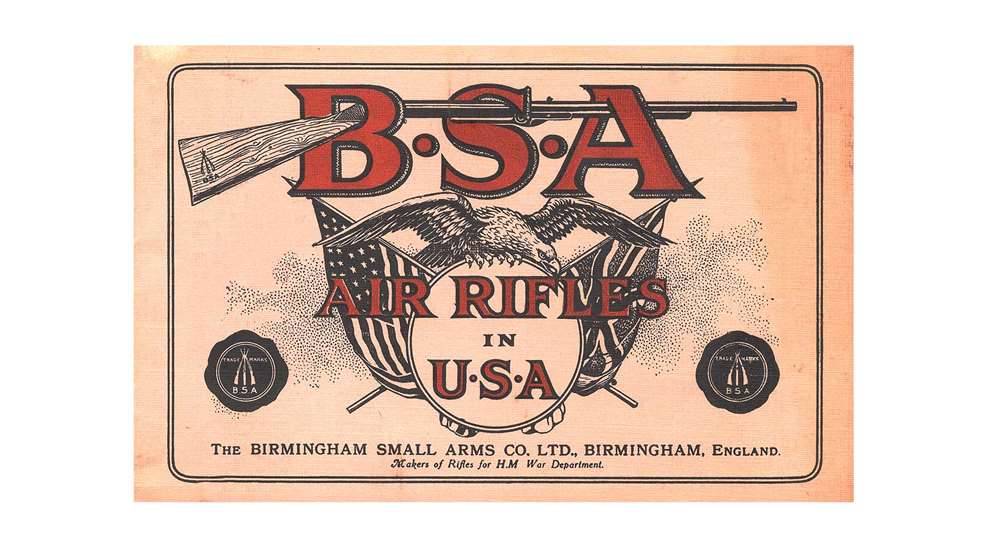
When “gonzo journalist” Hunter S. Thompson roared off with a motorcycle gang to write Hells Angels, he wasn’t riding a Harley. He rode a 650-cc BSA Lightning, the fastest production motorcycle sold in America in 1966. Not surprising really; by that time, BSA had been manufacturing motorcycles for more than 50 years and firearms for more than 100. The old adage about necessity being the mother of invention could have been coined with BSA in mind—because Birmingham Small Arms Co., Ltd., was not owned by the British government, it has always been a private company.
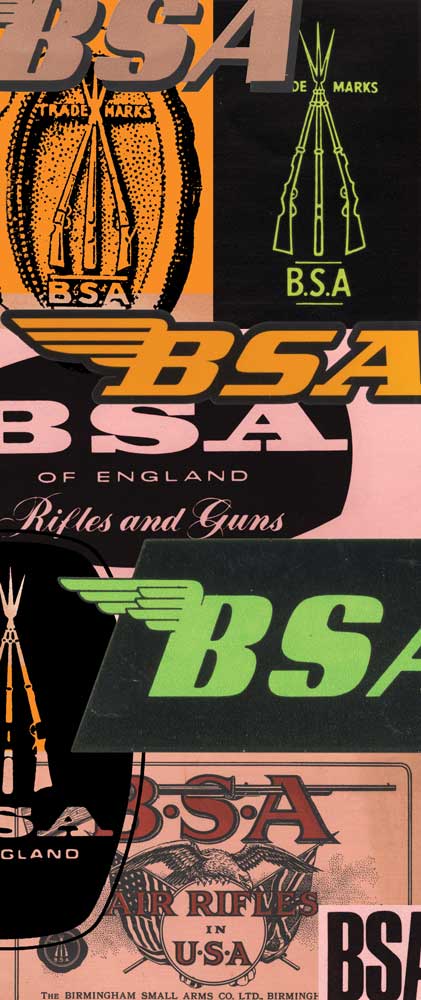
Birmingham evolved as a blacksmith town with local smiths not only making steel farming tools, but also swords and armor for the landed gentry. The first British government contract for firearms came for 200 Snaphaunce muskets a month to be produced by a confederation of Birmingham smiths in 1689. This style of group contracting continued for 150 years. By the time Napoleon was defeated at Waterloo in 1815, it was estimated that the 7,000 workers in the Birmingham gun trade were producing guns at the rate of 525,000 per year.
Even after the Napoleonic Wars, the small-arms business remained brisk. But by the 1850s, the British government’s gun factory at Enfield embraced the Industrial Revolution and installed machines—and Birmingham was in trouble. In June 1861, the Birmingham Small Arms Trade held a meeting and resolved to form a company, “The Birmingham Small Arms Company,” to manufacture guns by machine.
Modern gunmaking machinery was a mixed blessing. The factory could turn out better guns faster, but it would need big orders to make it profitable. After a shaky start, BSA received its first big order for 50,000 Enfield rifle-muskets from the Turkish government, and the future looked bright. However, with a manufacturing facility geared to mass-produce military small arms, the future of BSA hung on every new contract. To diversify and create a product with a steady demand, BSA went into the bicycle business in 1880; but the real money was still in small arms—like the tens of thousands of Martini-Henrys produced under government contract and as both hunting guns and military-style target rifles. Also, BSA was in the airgun business as early as 1904.
BSA Goes To War
When World War I started BSA was on the ropes and, although it had a contract for Lee-Enfield rifles, it could only turn out about 650 a week. Working 24 hours a day, BSA came back and, within two years, was producing 10,000 rifles a week. By war’s end BSA had produced 1,601,608 Lee-Enfield rifles, but that’s not all it made. Machine guns had come into being, and BSA quickly acquired the technology needed to build them.
In 1912, a U.S. Army officer by the name of Isaac Newton Lewis visited BSA and brought along a prototype machine gun he had designed that was gas-operated, air-cooled and magazine-fed. BSA immediately recognized the value of such a small, compact mobile machine gun and negotiated a contract for manufacturing rights. In 1913, BSA mounted a Lewis on a Graham-White Aeroplane and shot up a white sheet spread on the ground from 500 ft. as a demonstration for the British military.

The British officers in attendance, leaning on their cavalry sabers, viewed the demonstration as a good stunt, but of no practical military application. They did, however, view the Lewis gun as something that might prove useful and ordered a few. BSA eventually built more than 100,000 Lewis guns during the war. Along with machine guns and rifles, BSA also supplied the military with folding bicycles and motorcycles of several configurations—including some with sidecars fitted with Lewis guns. By war’s end demand was down for nearly every BSA product except for motorcycles.
BSA was kept alive by producing motorcycles but, as the Depression dragged on, even motorcycle sales had nearly dried up by 1939. The company directors refused to scrap the machinery for making rifles and Lewis guns, and the wisdom of this decision was proven out when, a few months later, Hitler invaded Europe. The RAF needed Brownings for its Spitfires and Hurricanes, and BSA made the .303-cal. Browning machine guns mounted in the wings of British fighters.
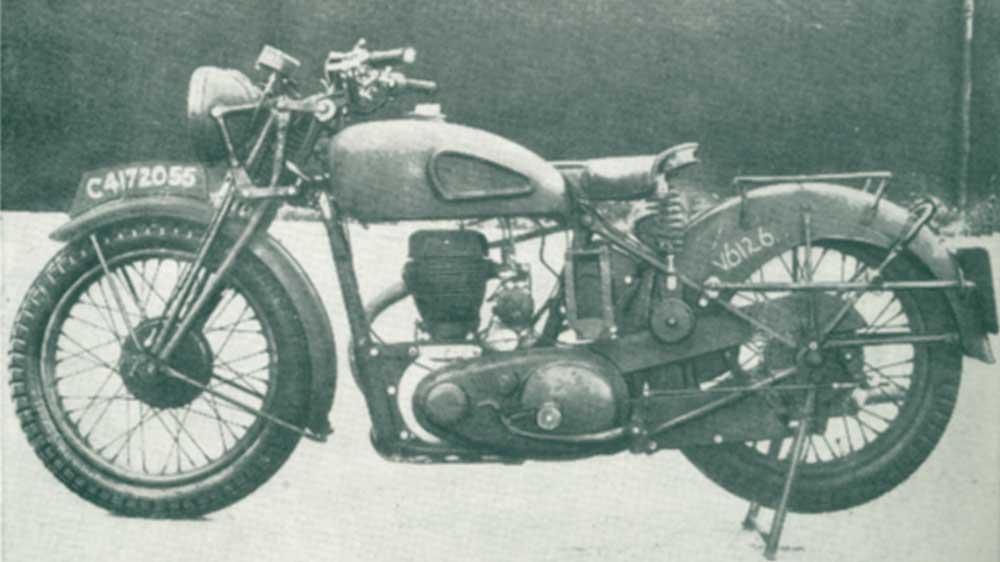
During the “Blitz,” lookouts mounted BSA’s roof watching the skies for Nazi bombers. For the most part, old men and women made up the factory work force, as most able-bodied men were needed in uniform. When the air raid siren would sound, many employees would continue to work at their machines right up to the last moment before taking shelter. Some workers refused to leave their stations, and they died at their machines. The Germans pounded BSA with high explosive and then incendiary bombs, destroying buildings and machinery, but each time BSA would rise from the ashes and go back into production. BSA was never put out of action, and throughout the war it continued to produce guns and motorcycles.
Lean And Leaner Years
Peacetime had always meant hard times for BSA, and the years following World War II were lean for military small-arms manufacturers. BSA has offered civilian arms or civilian versions of its military arms since its beginnings. Military Enfield-style muzzleloaders were replaced by big-bore Martini-Henry falling blocks, then the Martinis were supplanted by Lee-Enfields.
Its .22 and .310 Martini-based smallbores (there were many other chamberings as well) were made off and on from 1911 up until the 1980s. The last version, the Martini ISA Match .22, was discontinued in 1985. Starting in the late 1950s, BSA also offered bolt-action hunting specific rifles, including the Royal and Majestic, Majestic Deluxe and Monarch Deluxe as late as 1974. In 1986, a new line of bolt-actions included everything from varminters to Mannlicher-stocked Stutzens to custom bolt-action hunting rifles. The last BSA rifle model imported into the United States was the single-shot, bolt-action CFT Target rifle in 7.62x51 mm, but it was dropped in 1987.

Almost as well known as the Martinis were the many boxlock side-by-sides bearing BSA’s three rifles trademark. Production on “The B.S.A. Hammerless Shot Gun” began right after World War I. Generally of the English style with a straight grip and splinter fore-end, these Anson & Deeley-based boxlock guns were usually made in 12 gauge with extractors-only and double triggers. As a 1920 BSA advertisement proudly proclaimed, these guns were “One of the world’s Greatest Achievements in machine production.”
BSA also went back into motorcycle production in earnest after World War II, and, for a while in the 1960s and early ’70s, things looked pretty good. Unfortunately for BSA, a small Japanese motorcycle manufacturer came on the scene with a marketing approach well away from the bad-boy image that motorcycles had garnered. With little 50-cc electricstart scooters and an advertising slogan that said, “You meet the nicest people on a Honda,” Honda Motorcycle Company just about put BSA and the other British motorcycle companies out of business. It would appear that the death knell of BSA had sounded, but BSA is just too great a name to slide quietly into history.
A BSA Phoenix?
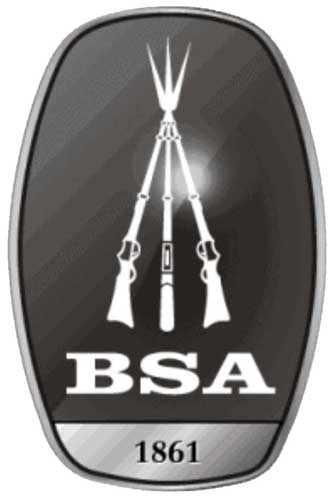
In 1985, the Spanish air rifle manufacturer Gamo acquired the rights to the BSA name and launched a line of value-priced sport optics. The BSA line of riflescopes and binoculars was a success, and as the business grew, Gamo started looking for another line of products to fit under the BSA banner.
It was in 2003 that a new BSA line of shotguns—“BSA Imports”—was launched on the American market. The first BSA Import gun to come to the U.S. was christened the “Classic S/S.” A slender little boxlock side-by-side, available in every gauge from .410 bore to 12 gauge, the name “Classic” was quite appropriate. Over-unders and autoloaders both came stateside from the legendary arms maker. Along with a broad selection of bore sizes for each.
Today, BSA Guns Ltd. maintains its manufacturing heritage, producing air rifles, hunting rifles and sporting guns, exporting 557 of its manufactured products. Airguns of Arizona is BSA Guns Ltd.’s stateside distributor, bringing an array of pre-charged pneumatic (PCP) airguns, including BSA’s Gold Star SE, in .177-cal.—the first purpose built PCP target rifle to come out of the British factory in Birmingham.

The old Birmingham Small Arms Co. is a name that just refuses to stay down.
This feature has been updated from its original appearance in the March 2005 issue of American Rifleman. To subscribe to the magazine, visit the NRA membership page and select American Rifleman as your member magazine.













